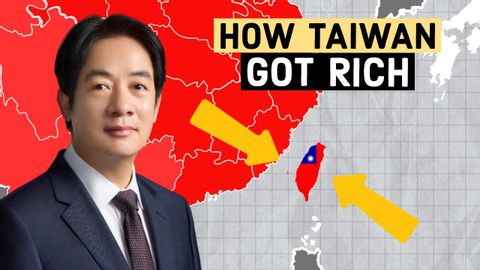小小的國土卻有大大的影響力!帶你回顧臺灣是如何成為亞洲經濟之虎! (How Taiwan Became Asia's Economic Tiger)
VoiceTube 發佈於 2024 年 10 月 25 日  沒有此條件下的單字
沒有此條件下的單字US /ˈdɛdɪˌketɪd/
・
UK /'dedɪkeɪtɪd/
- v.t.專用;專心的 ; 專注的;奉獻
- adj.盡心盡力的,專注的;專用的
US /ˈmʌltəpəl/
・
UK /ˈmʌltɪpl/
- adj.多重的;多種的;多發性的;多重的
- n. (c.)多;多個的;乘數
- pron.多重的
US /ˈpɪriəd/
・
UK /ˈpɪəriəd/
- n. (c./u.)時期;(用於句末;表示斷定的口氣)就這樣;句號;月經;期間
US /ɪmˈpruv/
・
UK /ɪm'pru:v/
